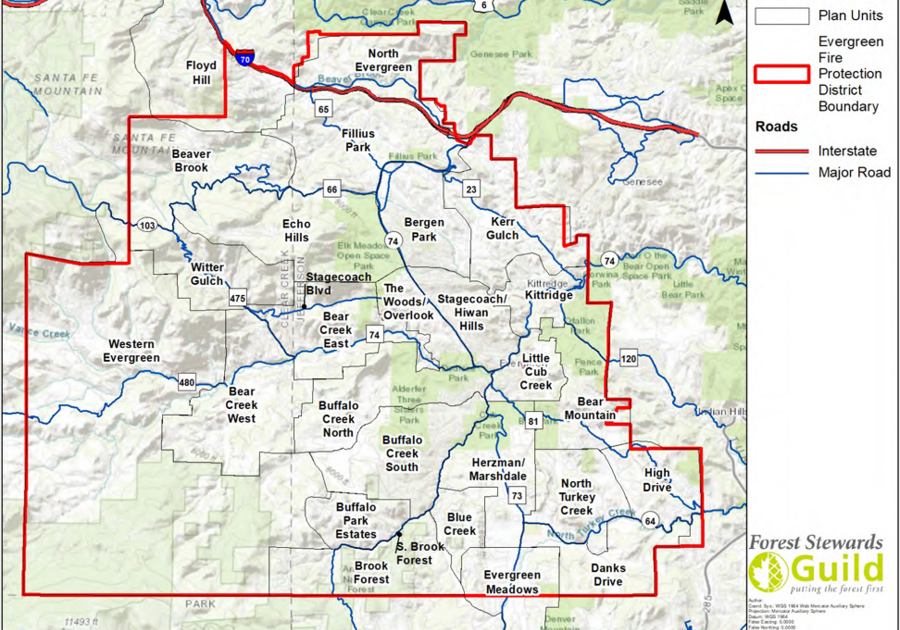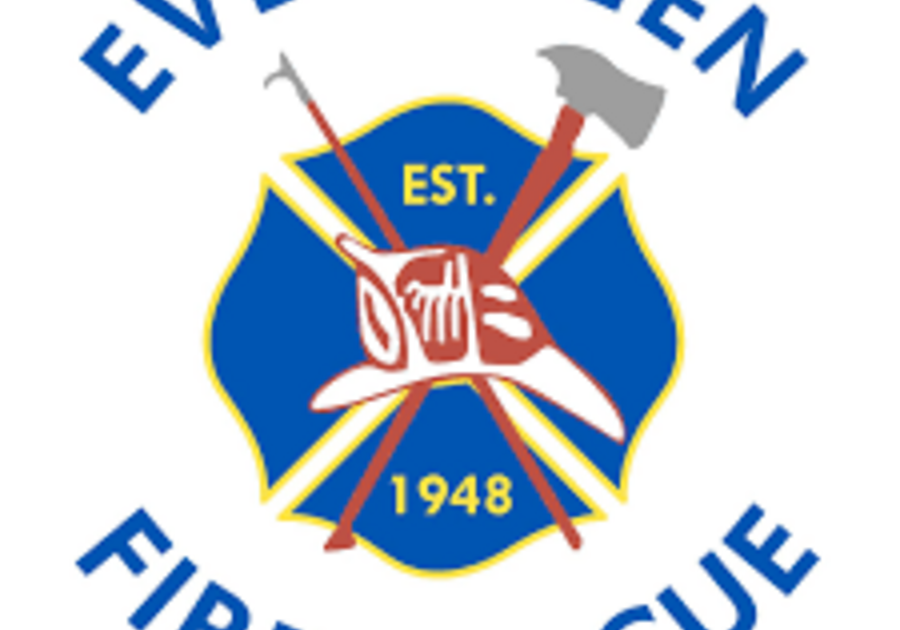Macaroni KID Evergreen-Bailey-Conifer invited all six Evergreen Fire/Rescue Board Board of Directors candidates to answer 4 family-focused questions about how they would support district families, if elected. Most candidates submitted responses. See their answers below:
- If elected, what will you do as a board member to help with wildfires affecting homeowners insurance?
- Do you support having paid firefighters and EMS workers? Why or why not?
- Do you support hiring additional firefighters to reduce the response times district wide? Why or why not?
- Do you support every master plan goal? If not please explain which ones and why?
Two candidate slates have emerged in this election:
| Incumbents | Challengers |
| Stacey Ballinger (Board President) Julie Ann Courim (Treasurer) Ryan Stack | Kelly Guthner Byrne McKenna Ed Mills |
Incumbents Stacey Ballinger (Board President), Julie Ann Courim (Treasurer), and Ryan Stack are running together, emphasizing data-driven decisions, investments in both paid staff and volunteers, and continued implementation of the Master Plan.
Challengers Kelly Guthner, Byrne McKenna, and Ed Mills are running on a platform focused on volunteerism, cost-efficiency, and skepticism of recent spending and staffing decisions.
| Stacey Ballinger Incumbent | Julie Ann Courim Incumbent | Ryan Stack Newcomer | Kelly Guthner Challenger | Byrne McKenna Challenger | Edgar Mills Challenger |
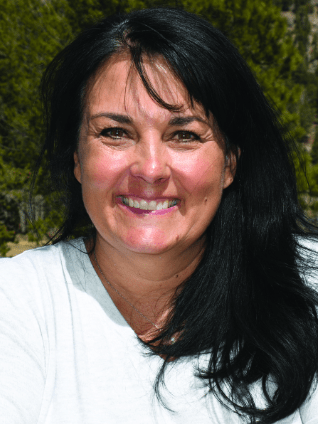 | 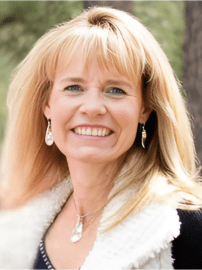 | 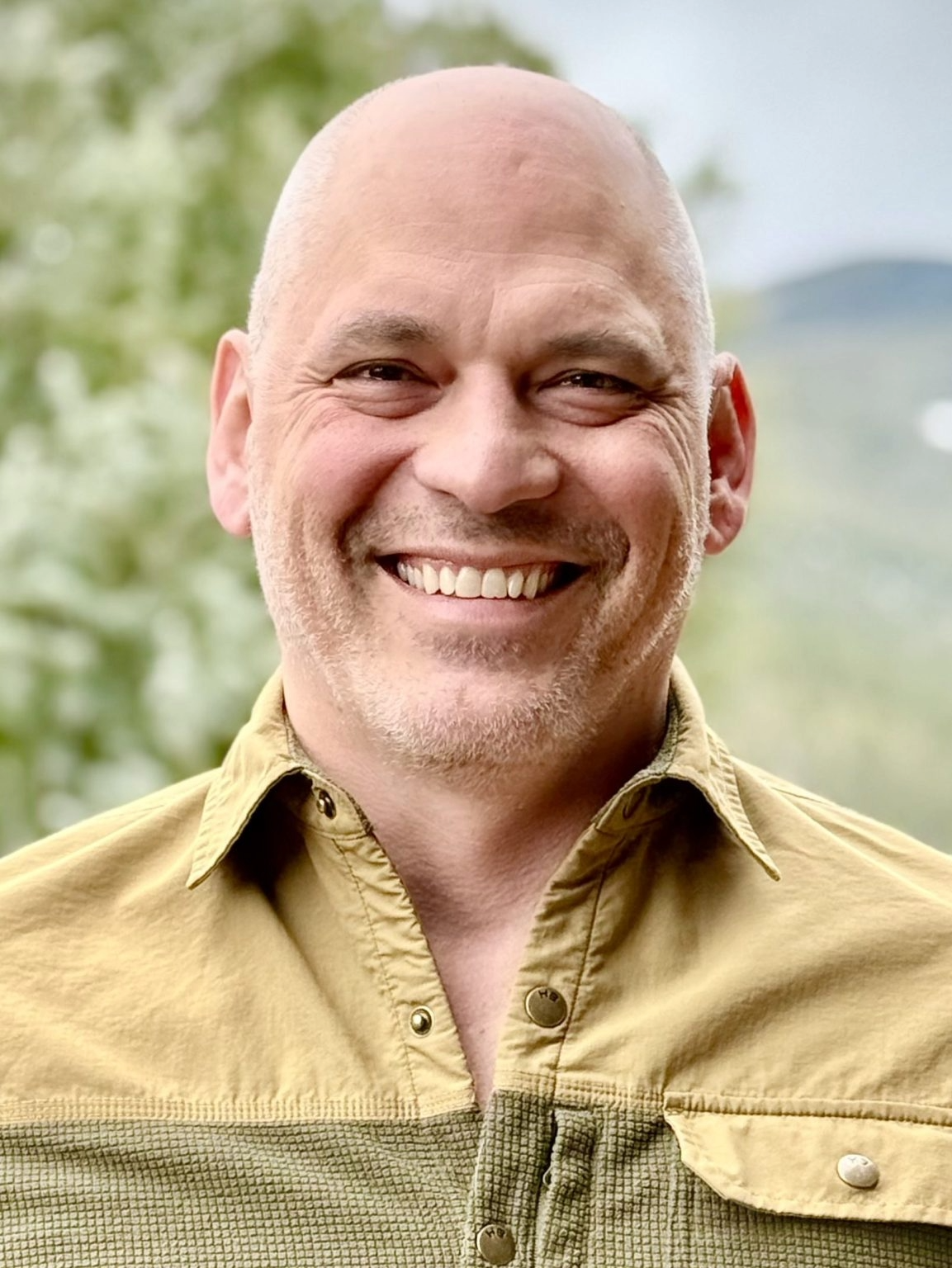 | 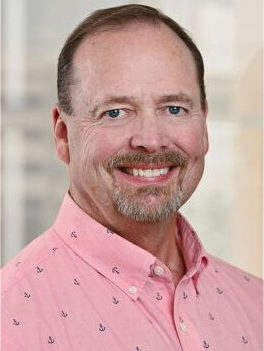 | 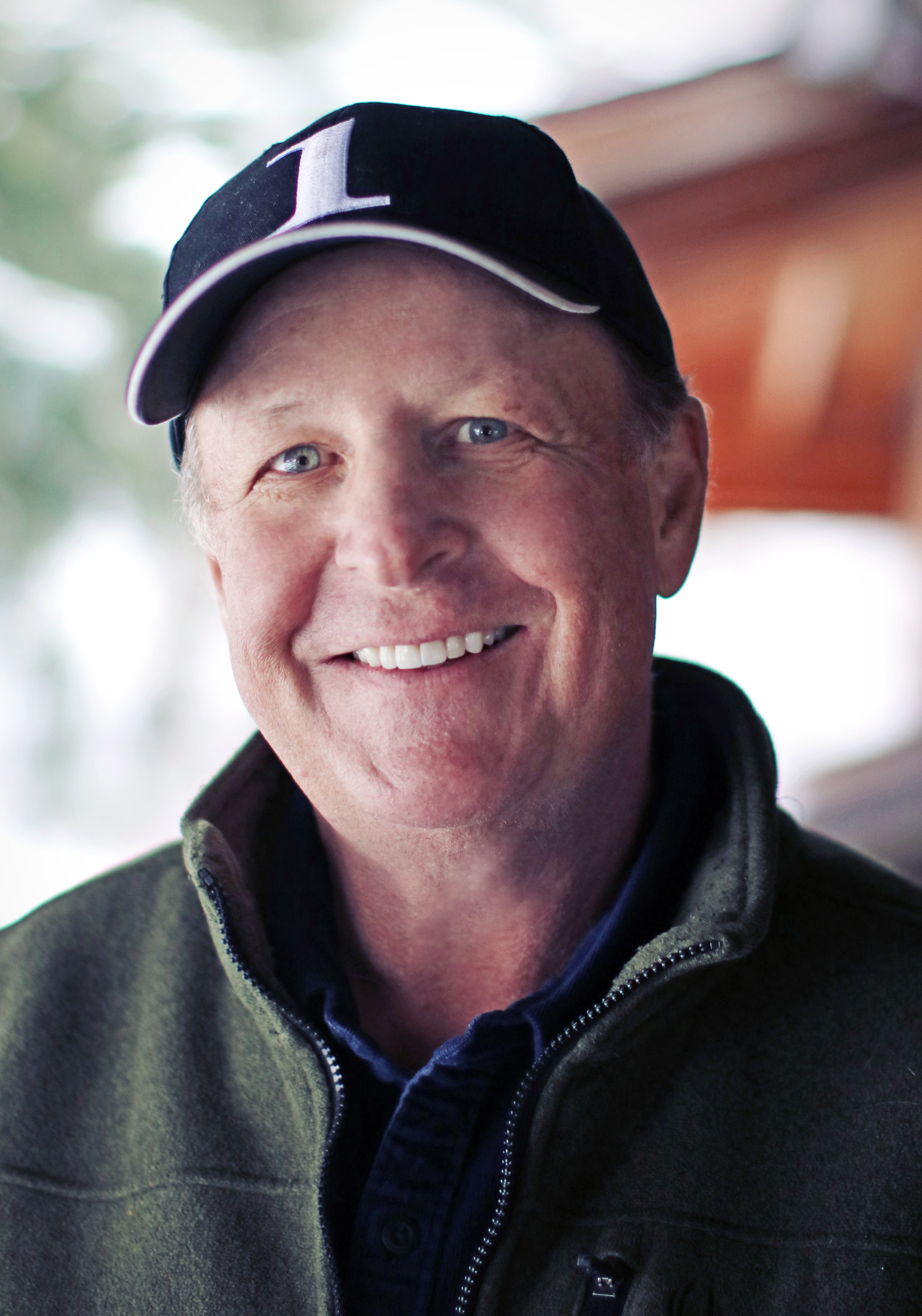 | 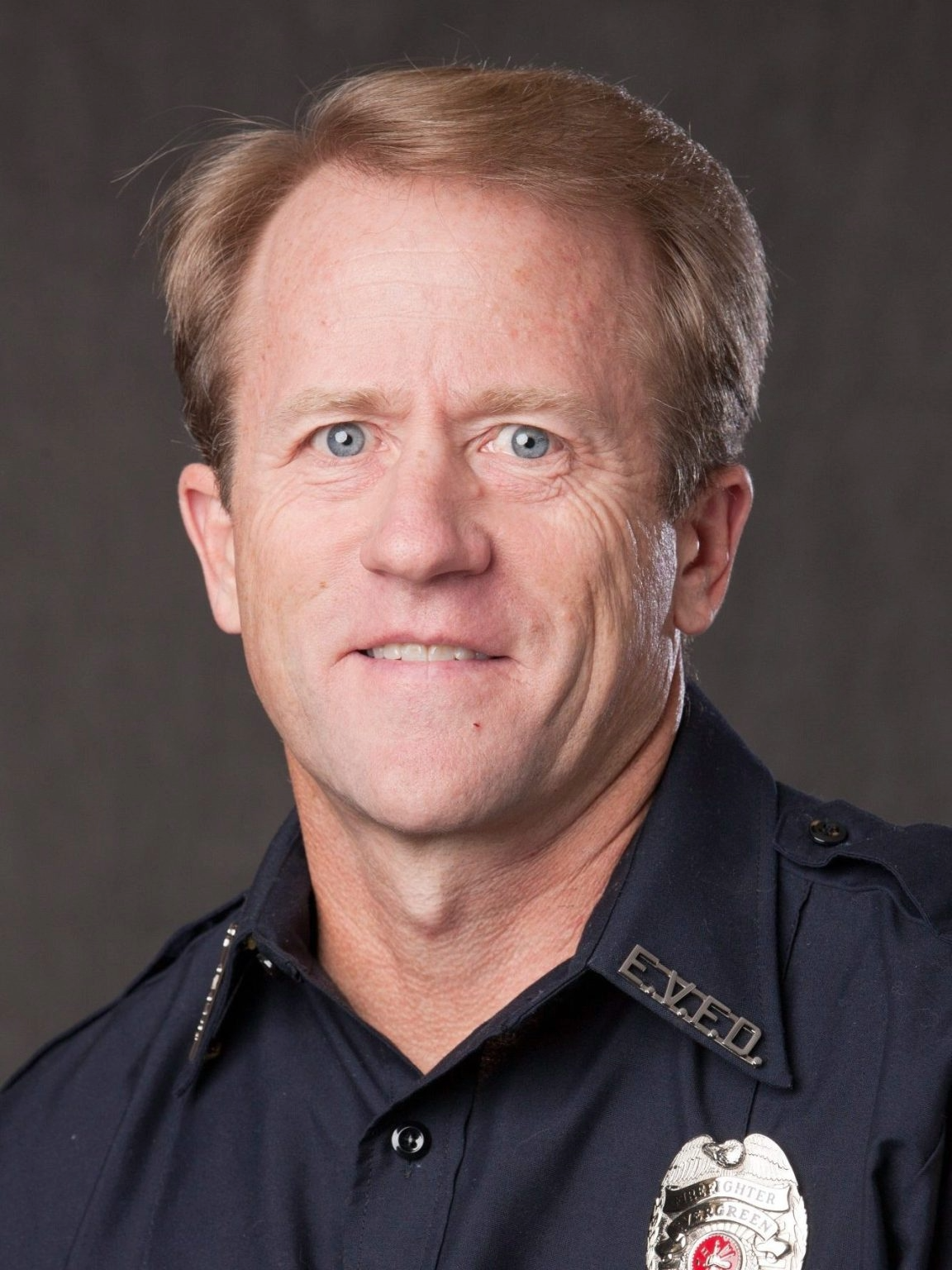 |
Meet the Candidates

Byrne McKenna
Jeffco native. Wildfire fighter since 2011. Community wildfire plan leader since 2011. Colorado State Forest Service grant administrator on North Turkey Creek thru 2024. Evergreen Volunteer Fire Department 14 years.

Julie Ann Courim (Incumbent)
I have served as EFPD Board Treasurer since 2022 and called Evergreen home since 2017. My background brings a unique combination of business acumen, community engagement, and deep familiarity with the firefighter experience from also serving eight years on the Foothills Fire Board alongside my husband’s decade as a volunteer firefighter. During my first term, I focused on managing the budget responsibly, prioritizing external funding/grant acquisitions (securing $1M+ in wildfire grants), strengthening our volunteers (a 32% increase from 2022-2025), bolstering wildfire defenses and community preparedness, and decreasing our emergency response times by over 9 minutes! I am seeking re-election to sustain this progress, prioritizing faster district-wide responses, wildfire safety, and fiscal stewardship for Evergreen.

Ryan Stack
My aspiration in running for the board is to provide a fresh perspective and leverage the skills I have acquired from running two successful businesses. This will enable me to objectively and responsibly assist the fire department in making decisions that prioritize the best interests of the community. By doing so, I aim to facilitate the department’s evolution and growth as the community continues to thrive, while simultaneously upholding fiscal responsibility and accountability. The health, safety, and well-being of both the community and the fire department should be the primary considerations of the board, and I am committed to ensuring that this remains my top priority

Stacey Ballinger (Incumbent)
My name is Stacey Ballinger, I am the current board president of Evergreen Fire. I am deeply committed to strengthening and unifying the fire department to better serve the community. I have a 3 year track record of proven success addressing critical issues like the volunteer crisis and fostering departmental growth. Yet, there is still much work to be done and I have a deep desire to serve another 4 years to build upon the progress we’ve made.
1. If elected, what will you do as a board member to help with wildfires affecting homeowners insurance?
- Byrne McKenna (Challenger):
Continue my leadership efforts for community preparedness. Proper forest mitigation will preserve 90% of all homes against catastrophic wildfires.
Work with the state legislature to promote and ensure availability of homeowner insurance. - Julie Ann Courim (Incumbent Treasurer):
As a board member, I’ll continue bolstering our ability to respond to wildfires and expand community preparedness programs to protect Evergreen families and help lower insurance costs. From 2022–2024, we secured over $1M in grant funding and workforce projects, that enabled us to mitigate critical evacuation routes like Highway 73, 103, and Witter Gulch, and implement new community mitigation programs. Programs that have successfully increased home assessments by 41% (452 to 638), properties chipped by 102% (140 to 284), and public & private acres mitigated by 170% (7 to 18.9), These efforts, alongside our expanded Wildland Division (career firefighters up 250%), aim to improve EFR’s Insurance Safety Office (ISO) rating, which insurance companies use when determining insurance premiums for homeowners.
Evergreen Fire/Rescue is fortunate to have key personnel who have secured us seats at county and state tables, advocating and helping to shape vital legislation to protect our funding and boost community resources. The 2025 legislative session includes two measures that directly address homeowner insurance. House Bill 130 explores a .5% fee on policies to fund a state wildfire reimbursement program for mitigation efforts and House Bill 1182 increases transparency of insurers risk models and provides an appeals process for risk scores. If re-elected, I will continue to be at the forefront of these discussions. - Ryan Stack (Newcomer):
If elected, I will take the opportunity to learn as much as humanly possible about how we are able to impact the decisions people make to be better prepared to deal with both insurance companies, and the actual wild fires that could potentially impact home owners in our community. - Stacey Ballinger (Incumbent Board President):
As board President over the past three years, I’ve focused on significant progress in addressing Evergreen’s wildland challenges. One of our first actions was to strengthen and expand a fully staffed wildland division, bringing in unmatched expertise to tackle the complexities of wildfire risks. This has supported impactful programs that support homeowners’ insurance coverage, including free home assessments, affordable chipping services, and an in-district wildland crew for swift, effective responses. We’ve also secured over $1 million in grants to fund mitigation projects and create safer evacuation routes, enhancing community safety. Moving forward, we’re committed to addressing wildland concerns through diverse, multi-faceted strategies. Our goal is to positively influence ISO ratings, delivering tangible benefits to homeowners across Evergreen.
2. Do you support having paid firefighters and EMS workers? Why or why not?
- Byrne McKenna (Challenger):
Evergreen has had a combination of paid Paramedics and Volunteer Firefighters for decades. It is important to note that all Firefighters are trained and state certified to be basic Medical Responders. The issue is that the District has only retained about 15% of its volunteer firefighters over the last five years. - Julie Ann Courim (Incumbent Treasurer):
I strongly support our transition to a combination fire department, integrating volunteer responders with paid firefighters and EMS professionals. Evergreen Fire/Rescue’s EMS division has successfully used this model for years, employing paid paramedics alongside volunteers. Since adopting this staffing model for fire operations in late 2024, we’ve achieved faster, more reliable emergency responses. Response times from Station 2 dropped from 14.39 minutes in 2022 to 5.09 minutes in 2025—a 9.5-minute improvement critical for emergencies like cardiac arrests or structure fires. Paid staff have also strengthened our volunteer program by reducing workload, boosting morale, and allowing volunteers to focus on key tasks like triage and incident stabilization, knowing professional resources are en route. During my first board term, volunteer numbers grew 56%, from 52 to 81, with seasoned personnel retention improving by 33.3%. Continuing this balanced approach will ensure a balanced, efficient system that enhances firefighter safety, patient care, incident management, and overall emergency response outcomes. - Ryan Stack (Newcomer):
I absolutely support having full-time, paid firefighters & EMS workers within our department, without question. As far as why; I believe that relying 100% on the volunteer core to shoulder the responsibility of caring for the 26,000 ppl that live within our fire district is unrealistic and unfair. By adding the paid firefighters and EMS worker, they are able to take some of that, “full-time" workload from the volunteers, which is beneficial to everyone involved. - Stacey Ballinger (Incumbent Board President):
I strongly advocate for paid firefighters and EMS workers to address Evergreen’s evolving needs. Our community has experienced significant changes in demographics, growth, and challenges, making an all-volunteer firefighter response insufficient on its own. By hiring paid firefighters and consistently enhancing our EMS response, we’ve better served our community, achieving notably reduced response times. Paid firefighters also bolster our volunteers by lightening the load of call volume and work. Volunteers working alongside our career EMS and firefighters enhance the overall effectiveness. This shift enables volunteers responding directly from home, to allowing for quicker assessments and a more effective, coordinated response from additional team members. Staffing Station 2 with paid firefighters has provided clear data to support these improvements, as seen in our faster response metrics. We must continue to ensure the growth we’ve seen in volunteer numbers—such as the 56% increase since 2022—to keep strengthening our departmental response as a whole, ensuring all of Evergreen benefits from reduced response times and efficient, high-quality service. Our commitment to these advancements remains unwavering as we strive to protect and serve every community member.
3. Do you support hiring additional firefighters to reduce the response times district wide? Why or why not?
- Byrne McKenna (Challenger):
I support the correct staffing levels. It is important to know that hiring more persons may not reduce response times. Evergreen is a huge rural mountain area. A "response time" is when you are on scene of the emergency. Having a large volunteer Firefighter response in the remote areas of the District is the best proven method for a fast response time. The District has been a volunteer Fire Department for 75 years. It is practical and cost effective. - Julie Ann Courim (Incumbent Treasurer):
The master plan explicitly recommended hiring additional firefighters to ensure faster and more effective emergency responses, particularly through staffing at Stations 2 and Station 1. Their response zones- Bergen Park/Hiwan Hills, Kerr Gulch, North Evergreen, Beaver Brook, Buffalo Creek South, Echo Hills and Bear Mountain account for 74.1% of the emergency incidents and 65.8% of the population. Station 3 was also recommended for strategic hiring as it’s response zones - Blue Creek, Marshdale, North Turkey Creek, and High Drive, account for an additional 17.2% of the emergency incidents and 19.4% of the population.
I support hiring additional paid firefighters to improve district-wide emergency services but also prioritize fiscal discipline and meeting the district’s broader needs. Any staffing increase must fit within a sustainable budget, guided by our forthcoming strategic plan, which will optimize resource allocation while continuing to support volunteers and critical infrastructure. - Ryan Stack (Newcomer):
As I stated above, I 100% support the paid firefighters being integrated into our department. I believe their being a part pf the department is key to continuing to give the department the ability to better protect the growing population of the fire district. It also take some of the strain off of the volunteer core of the department by not relying on them to respond to every call without any support that isn’t volunteer based. The presence of full-time firefighters and EMS workers allows the department to continue to reduce the time that it takes to get some to you, in an emergency. - Stacey Ballinger (Incumbent Board President):
I’m a big believer in staffing more stations to get faster response times for everyone in our district—it’s something that truly benefits every single community member. But with a district as big as ours and the budget challenges we’re up against, it’s not an easy task. We’ve got to be smart about how we tackle this, looking at a few key things. That means checking the population in each response area to make sure we’re putting resources where they’re needed most, and also knowing that our Master Plan shows staffing Stations 1 and 2 is a really efficient way to boost our response capabilities. Staffing key spots like Station 2, which we’ve already done, helps the whole district by cutting down response times, even if the crew isn’t coming from the closest station. We also have to make sure our budget can handle this growth without hitting the community with higher property taxes. I’m committed to finding that balance, so we can keep improving our service while being responsible with our resources.
4. Do you support every master plan goal? If not please explain which ones and why?
- Byrne McKenna (Challenger):
To summarize: The District needs improved responses to the rural areas of the District. In 2002 the District built 4 remote stations. We need a strong Firefighter representation at these stations. They should be expanded with some living / staffing capability. We need to recruit and bring back the Firefighters we had.
Fiscal accountability must improve. The rebuilding of Station One (downtown, Lake area) was funded in 2002, again in 2004 and again in 2016. The land has been purchased but the construction funds were depleted. Where did the money go? Where has the time gone (23 years later)? - Julie Ann Courim (Incumbent Treasurer):
As a committed board member, I fully support the Evergreen Fire Protection District’s Master Plan, developed through robust community focus groups and surveys, firefighter input, and expert consultation. Its 11 goals—ranging from faster response times to modernized equipment—boost efficiency, responsiveness, and preparedness while prioritizing fiscal discipline. This strategic roadmap delivers safer neighborhoods by accelerating emergency services, mitigating risks, and building a resilient Evergreen. Through our Master Plan and Strategic Plan, launching in June 2025, we’re ensuring a safer, more resilient Evergreen for years to come.
Specific goals of the Master Plan and their benefits are as follows:
Goal 1 (completed): Merge EFPD and EVFD into a single organization - unifies operations, boosting coordination and efficiency for faster, more reliable emergency responses.
Goal 2 (completed): Realign organization for clarity and accountability - clarifies roles, enhancing operational efficiency and ensuring dependable service delivery.
Goal 3 (in process): Develop a formal Succession Plan - Ensures leadership continuity, maintaining high-quality services for long-term stability.
Goal 4 (in process - 5-year forecasting model): Strengthen financial plans for capital improvements - Secures sustainable funding for modern equipment and stations, improving response capabilities.
Goal 5 (in process): Consolidate Stations 1 and 4 into a new facility - Enhances response times and scalability, serving 65.8% of residents in high-incident areas.
Goal 6 (ongoing): Increase fire apparatus availability - Staffed engines at Stations 2 and 1 cut response times (e.g., 14.39 to 5.09 minutes), saving lives.
Goal 7 (in process): Finalize the Standard of Cover document - Sets clear service benchmarks, driving data-based improvements for community safety.
Goal 8 (ongoing): Bolster wildland mitigation and response - Reduces wildfire risks through updated plans and technology, protecting homes and lives.
Goal 9 (ongoing): Sustain ECARES/CIHCS programs - Expands preventive healthcare, easing emergency demands and improving medical access.
Goal 10 (ongoing): Enhance training and education - Aligns training with risks, ensuring responders are prepared for effective, safe operations.
Goal 11 (ongoing): Continuously update risk and prevention data - Informs targeted prevention efforts, reducing emergencies and enhancing resilience. - Ryan Stack (Newcomer):
As the “newcomer” in this situation, I have not had a ton of time to spend with the master plan document. However, what I have seen in the document and the progress that the current board has made using the master plan as the road map to that progress, I fully support the full implementation of the master plan. - Stacey Ballinger (Incumbent Board President):
Yes, I support every master plan goal. The Master Plan is a roadmap that’s already proving its worth for Evergreen, and supporting it only brings more advantages to everyone in the community. First, it helps the fire department make smart, data-driven decisions—like knowing exactly where to focus efforts based on stats, not guesswork—which means taxpayer dollars are used wisely to get the biggest impact. Supporting the Master Plan means backing a strategy that’s already delivering faster, more unified, and more responsible service to Evergreen—and there’s more progress to come.

